EMPHYSIS
eFMI:
get on board or
risk missing out

The ITEA project EMPHYSIS (EMbedded systems with PHYSical models In the production code Software), which finished in 2021, targeted the development of a new standard eFMI (Functional Mock-up Interface (FMI) for embedded systems) to exchange physics-based models between modelling and simulation environments with software development environments for electronic control units (ECU), micro controllers or other embedded systems. In addition, it provided prototype implementations for the whole tool chain from physics-based modelling environments to production code on electronic control units.
Power of collaborative research
In the words of Jean-François Lavignon, ITEA Vice-chairman, “not only did the EMPHYSIS project achieve several outstanding results, such as the automatic generation of efficient code for embedded devices, it also showed the power of collaborative research projects to drive the adoption of a new standard and to generate significant productivity gains for the industry.”
Christoff Bürger of Dassault Systèmes and project leader of the Modelica Association Project eFMI, explains how “this ITEA project provided the diversity and scope within the value chain to generate code, test and approve it with the help of our project partners that are experts in the embedded software domain, something we could not have achieved without such a project.” Furthermore, the project allowed the whole eFMI workflow to be demonstrated and, as Johannes Ultsch of the German Aerospace Center explains, “utilising the eFMI workflow enables a flawless toolchain for the integration of models and model-based controllers from high-level modelling languages into embedded targets.”
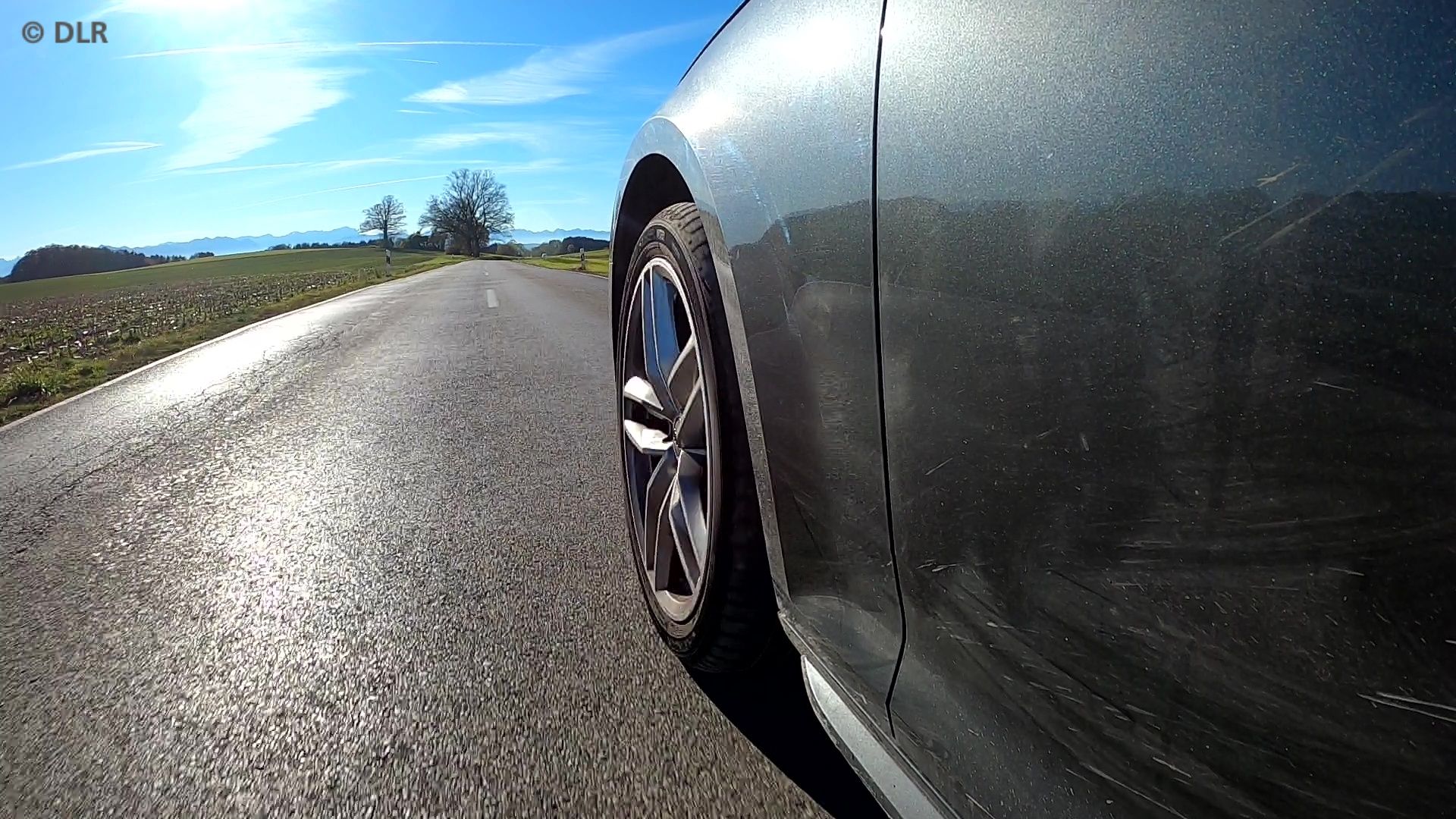
The value of OEMs
“What makes us proud as a team is the fact that this success has been recognised not only by our business partners and the OEM Advisory Board representing the voice of the customer, but also by the ITEA organisation in winning the ITEA Vice-Chairman Award of Excellence,” says EMPHYSIS project leader Oliver Lenord of Robert Bosch GmbH. “We believed in the importance of getting OEMs on board and convinced ITEA of the need for this. While we had Renault and Volvo, we lacked a German OEM, so we established an OEM advisory board, which provided the opportunity for involvement without the bureaucratic hassle and obligations. Although it took a lot of effort and persuasion, from Mercedes- Benz Group AG there was clearly a bit of a pull. And I think we’re both glad that the meeting of minds happened.”
Lucky strike
The initial fear of bureaucracy was overcome and Mercedes-Benz Group AG even generated technical reports. So, in that sense, this was a lucky strike, so to speak. Having convinced the respective departments at Mercedes-Benz Group AG of the value of a use case, Zdenek Husar of Mercedes-Benz Group AG got the green light to become involved. “One of the advantages was that we started a very good cooperation with Christoff at Dassault. Not only was this a big factor in the progress we made in the Mercedes-Benz Group AG use-case,” Zdenek says, “but it is also something that I am keen to continue in the future. During the project, we had direct contact with the developers, and I see this as an enabler. It is also our motivation to continue in the eFMI Modelica Association project. We use the results of this collaboration with Dassault on a daily basis, so you could certainly say that the results in the end certainly outweigh the challenges encountered in the beginning.”
What we achieved in EMPHYSIS is being taken further in the eFMI Modelica Association project and this is key to exploiting the ‘proof’
Game-changer
Of course, EMPHYSIS has not resolved all the problems but has gone far in providing the solutions it set out in its objectives. Christoff: “If we take the Daimler use-case, there are still some problems we have to solve but if we do, that will be a real game-changer. So it’s important that you don’t get left behind. The message has to be to get on board or run the risk to be hit by missing a disruptive technology. We are able to show this with such prominent use cases that are proof of the pudding.” To which Oliver adds: “What we achieved in EMPHYSIS is being taken further in the eFMI Modelica Association project and this is key to exploiting the ‘proof’. We did the technical groundwork, showing what is possible, having the tools that actually work and solving real problems. Once there is awareness about a new open standard and a process around this is defined, this will create a market demand.”
More information:https://emphysis.github.io/
https://modelica.org/
https://efmi-standard.org/

Other chapters
Use the arrows to view more chapters

Editorial
By Jan Jonker

Country Focus: The Netherlands
with ambitious mission-oriented strategic frameworks

MEDrecord
focus on patient-centric care
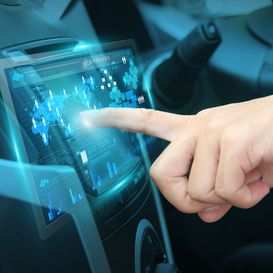
ITEA Success story: APPSTACLE
Vehicle connectivity for novel applications

Community talk with Arda Güreller
A real (ITEA) family man at heart

ITEA Success story: PS-CRIMSON
A one-look overview of the city in 5 seconds

SME in the spotlight: assar
Where diversity and inclusiveness are keys to co-creation
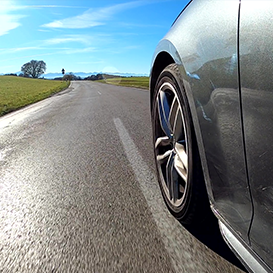
By and for end-users
EMPHYSIS eFMI: get on board or risk missing out
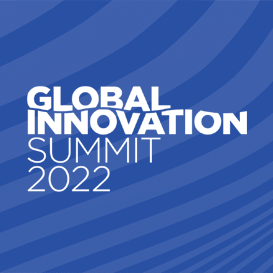
Global Innovation Summit 2022
Creating a sustainable Atlantic

Smart city challenges
Moving to a data driven Tampere for citizens
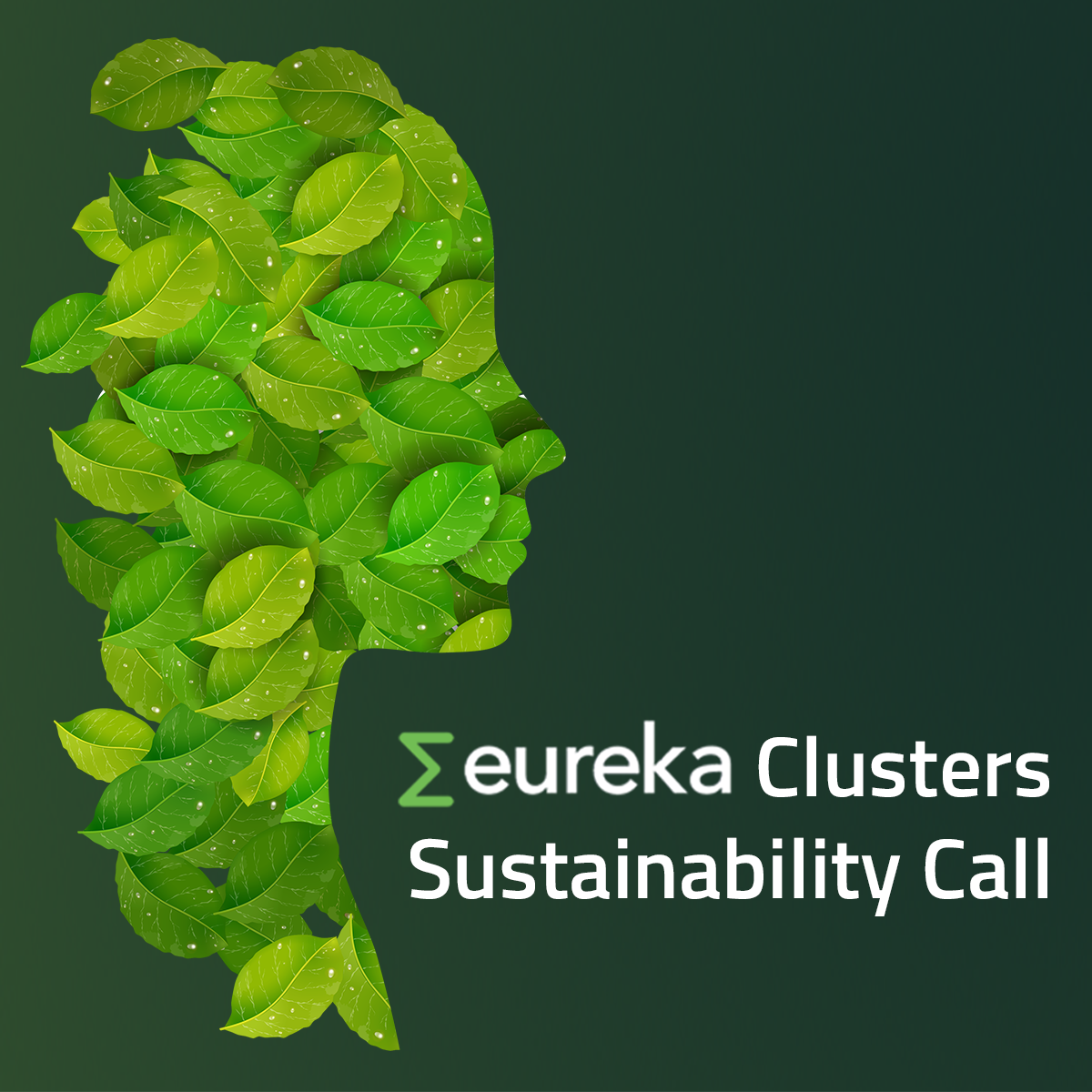
Ready to make industry more sustainable and greener?
Participate in our Eureka Clusters Sustainability Call 2022!

